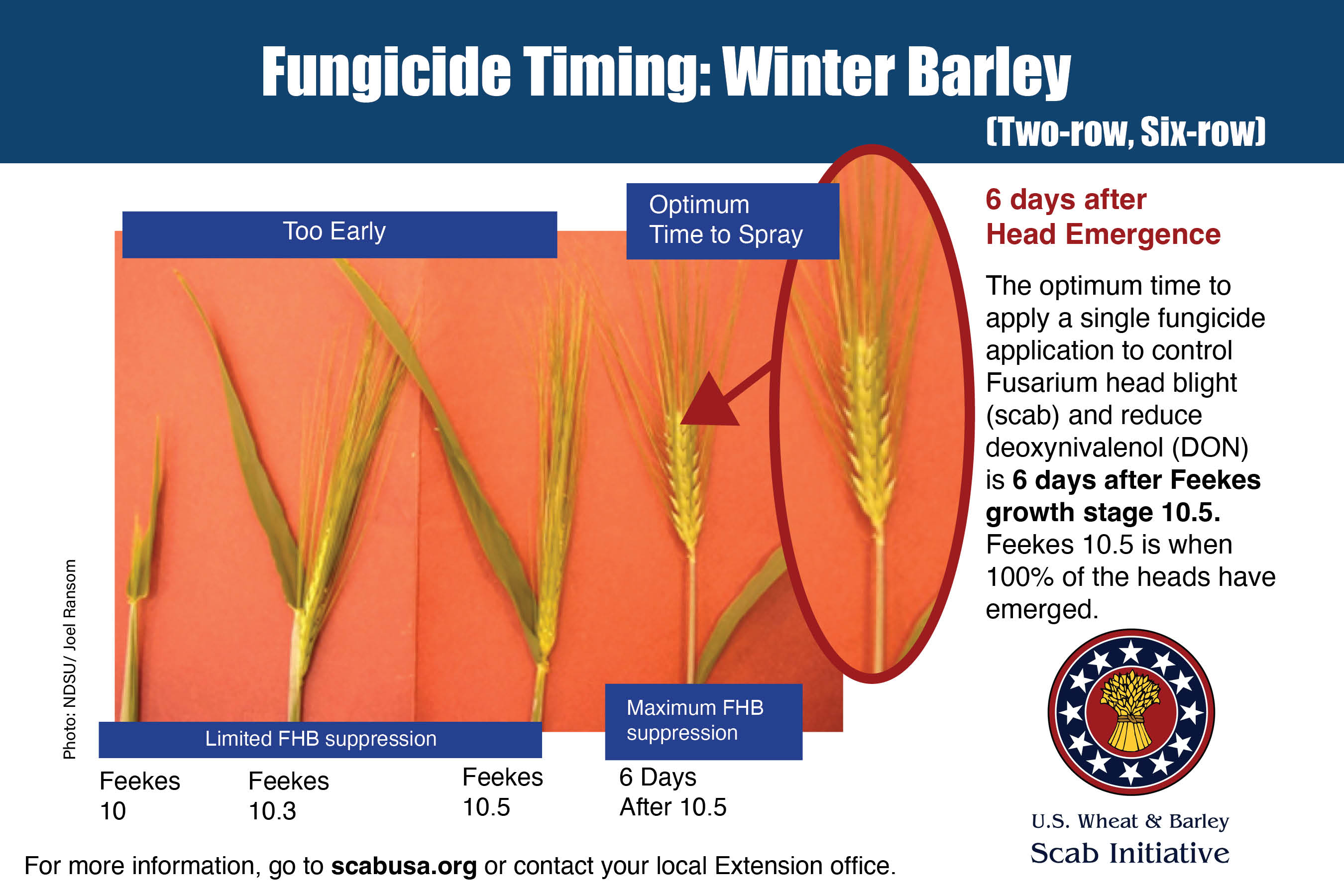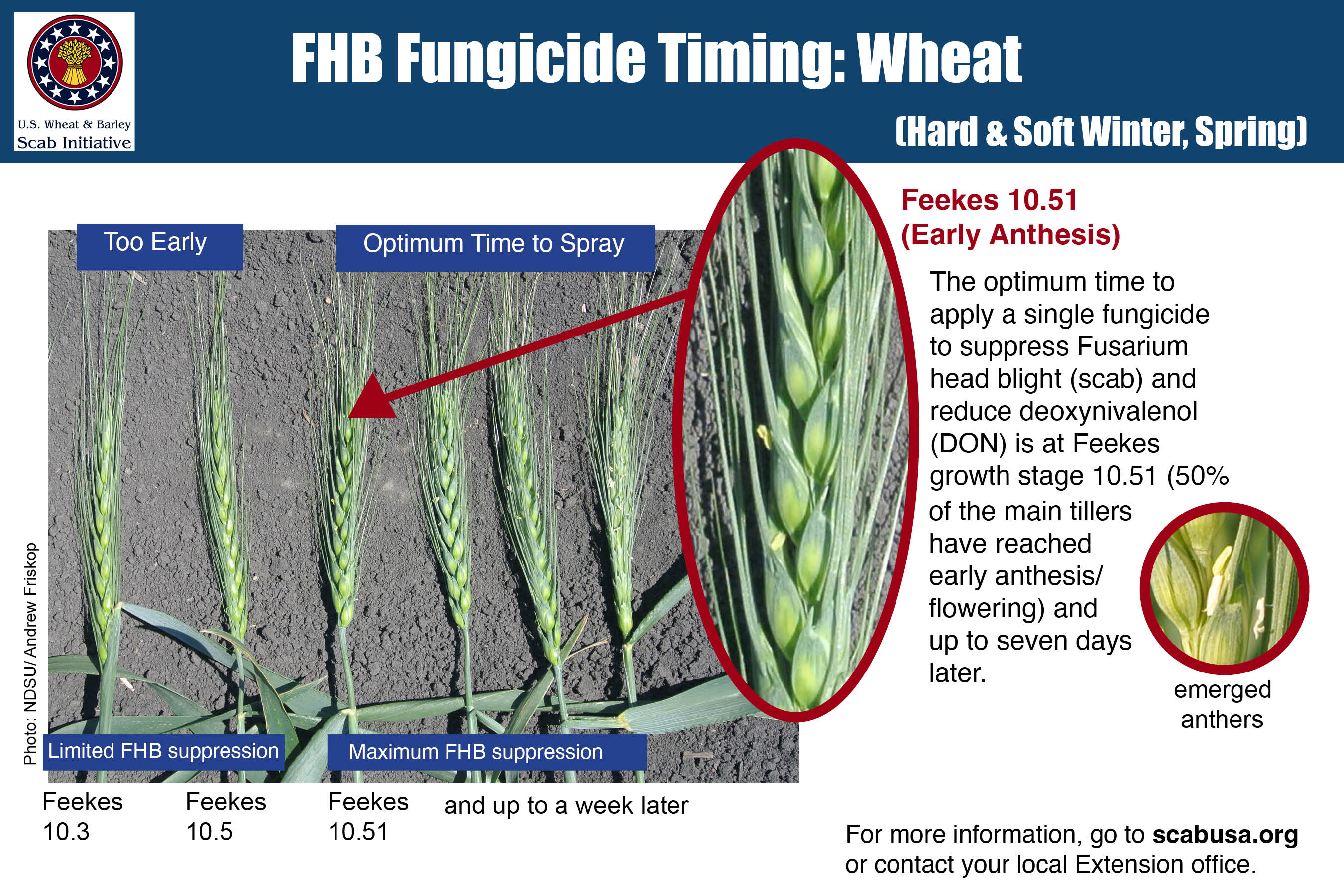Getting Ahead of Wheat and Barley Diseases
go.ncsu.edu/readext?1066318
en Español / em Português
El inglés es el idioma de control de esta página. En la medida en que haya algún conflicto entre la traducción al inglés y la traducción, el inglés prevalece.
Al hacer clic en el enlace de traducción se activa un servicio de traducción gratuito para convertir la página al español. Al igual que con cualquier traducción por Internet, la conversión no es sensible al contexto y puede que no traduzca el texto en su significado original. NC State Extension no garantiza la exactitud del texto traducido. Por favor, tenga en cuenta que algunas aplicaciones y/o servicios pueden no funcionar como se espera cuando se traducen.
Português
Inglês é o idioma de controle desta página. Na medida que haja algum conflito entre o texto original em Inglês e a tradução, o Inglês prevalece.
Ao clicar no link de tradução, um serviço gratuito de tradução será ativado para converter a página para o Português. Como em qualquer tradução pela internet, a conversão não é sensivel ao contexto e pode não ocorrer a tradução para o significado orginal. O serviço de Extensão da Carolina do Norte (NC State Extension) não garante a exatidão do texto traduzido. Por favor, observe que algumas funções ou serviços podem não funcionar como esperado após a tradução.
English
English is the controlling language of this page. To the extent there is any conflict between the English text and the translation, English controls.
Clicking on the translation link activates a free translation service to convert the page to Spanish. As with any Internet translation, the conversion is not context-sensitive and may not translate the text to its original meaning. NC State Extension does not guarantee the accuracy of the translated text. Please note that some applications and/or services may not function as expected when translated.
Collapse ▲Spring’s here, and with it the need to look out for wheat and barley diseases. Here are two tools to help us monitor disease risk and, if necessary, choose a fungicide.
Fungicide Efficacy Table – this table breaks wheat fungicides into classes by mode of action (strobilurins, triazoles and combinations). Each product is rated for efficacy against the wheat diseases we are likely to encounter. Updated in March 2025.
Fusarium head blight (scab) risk tool – this is the website for scab fungicide decision-making that has long been available thanks to the US Wheat & Barley Scab Initiative, which is funded by the USDA. Some key things about scab risk:
- The tool uses your weather in the last 2 weeks to predict your risk today of a scab epidemic in your crop. Flowering is when your crop is at risk of scab infection, and when fungicides might need to be applied (see photos below).
- The tool also can take into account the resistance or susceptibility of your varieties.
- Tillage and previous crop can also be important. No-till wheat with corn debris may require a scab-targeted fungicide even if the model shows low scab risk.
Subscribe here to FHB alerts by text message or email – you’ll only get them during the season when you need them. Alerts will summarize your risk and give you fungicide tips.
The right time to apply fungicides to winter barley and winter wheat for FHB protection:

 Authors – Christina Cowger, Angela Post, Jenny Carleo
Authors – Christina Cowger, Angela Post, Jenny Carleo
In-person Field Day: http://go.ncsu.edu/rowanwheat25


